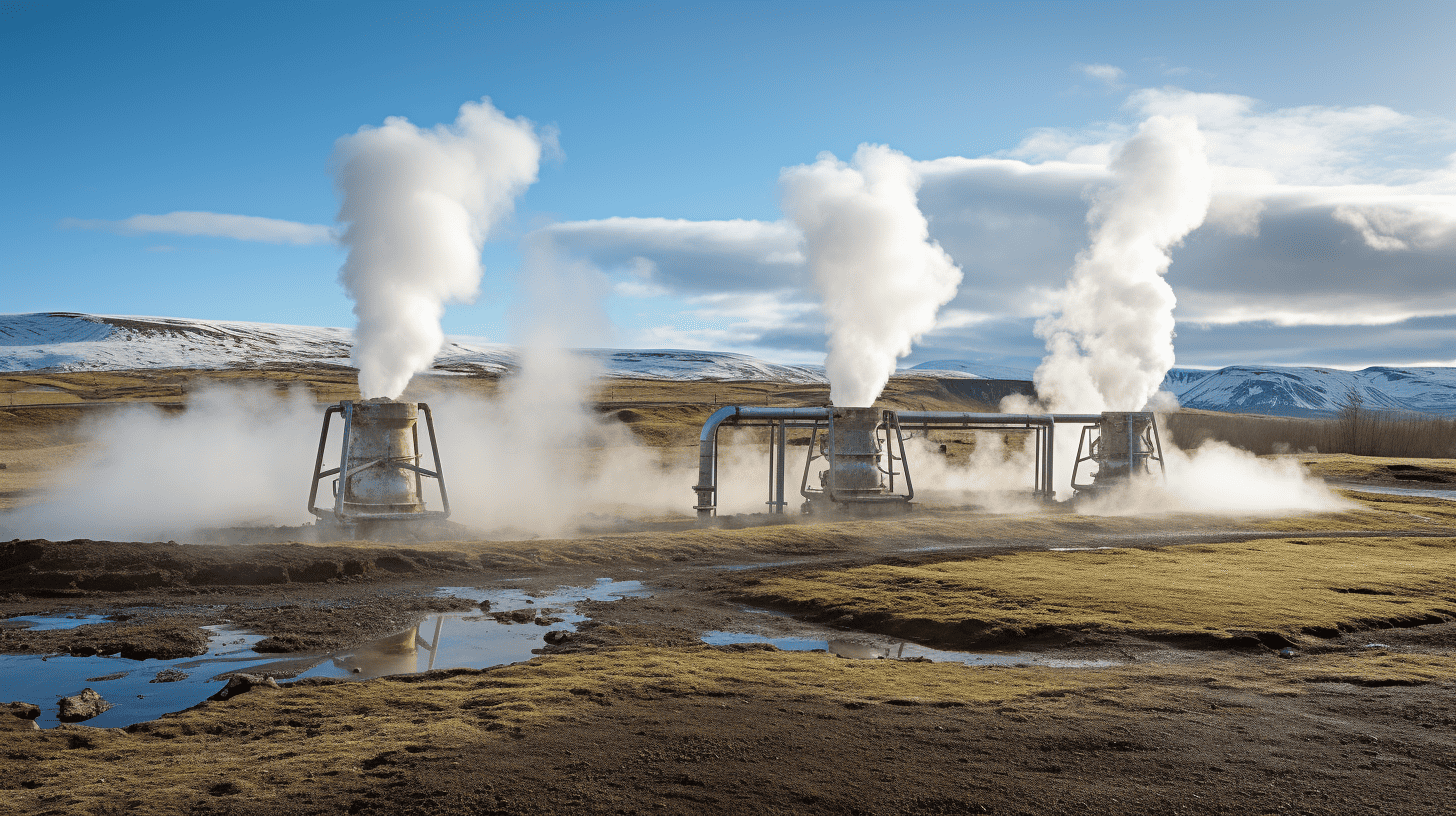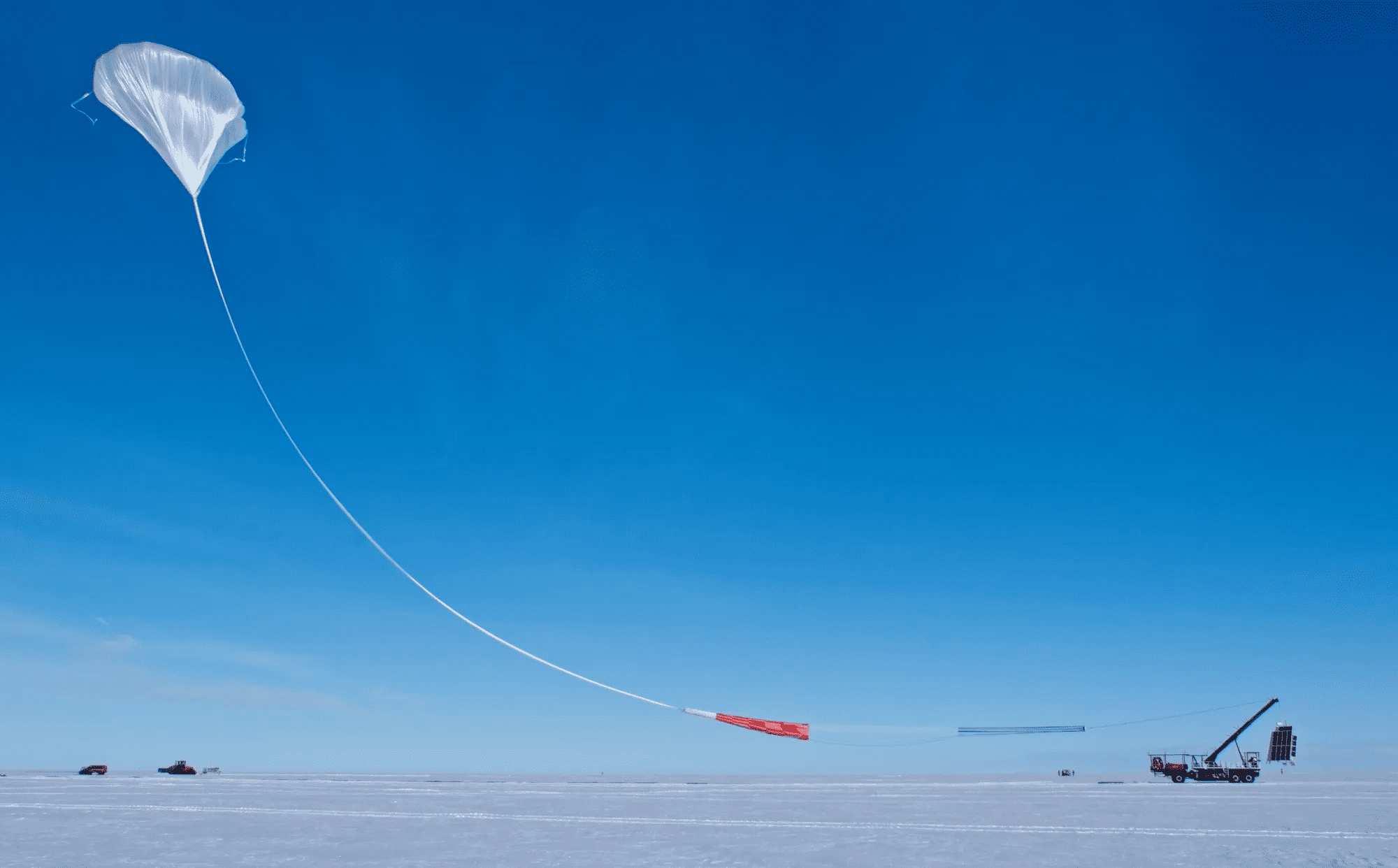
The ECOSTRESS sensor on the International Space Station (ISS) is capable of mapping geothermal fields, according to the Dutch University of Twente. These heat fields are important in the transition to fully sustainable energy.
Researcher Dr. Chris Hecker started this research project with funding from the Dutch Research Council. The researchers are looking into whether the temperature variations in the earth’s surface can be visualized using the ECOSTRESS sensor.
Satellites
Satellites map small temperature variations on the earth’s surface. Not all satellites are able to do this. The resolution is not always high enough and the satellite might pass by at the wrong time. Hecker: “The ISS will travel over a different part of the world at a different time with each orbit of the earth.”
Geothermal fields are not constantly moving around in the same location. Which is why atellites are deployed to find these heat fields. This heat could be used for geothermal energy and heating.
ECOSTRESS sensor
The ECOSTRESS sensor has a resolution high enough that it can measure the heat of the earth’s surface. This sensor is actually designed to measure the temperature of plants and has been aboard the ISS since 2018. Hecker’s research project explored whether this sensor could do the same for the earth’s surface.
“We propose that the data that NASA (National Aeronautics and Space Administration) already collects with ECOSTRESS be used in a new and innovative way. Our research results will help us decide future concepts for missions.” Measuring geothermal heat with satellites has the advantage that a large area can be analyzed quickly.
Sustainable energy
Geothermal energy can be used as a source of clean energy. Unlike wind or sun, geothermal energy always generates energy. In this energy generation method, hot water is pumped out of the ground. This hot water can heat buildings and greenhouses. When this water is warmer than 100 degrees, it can even be used to generate electricity.
The Dutch National Climate Agreement states that the energy supply in the Netherlands must be fully sustainable by 2050. This requires an increase in electricity generated from renewable sources. Geothermal energy could help to achieve this.
Also interesting:
Research on geothermy: volcanic regions as a source of energy








